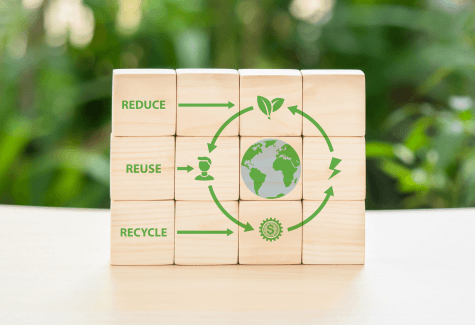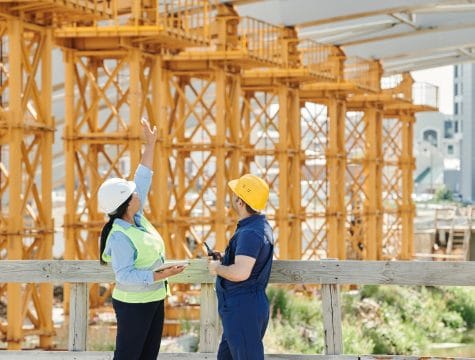The recent debates around circular economy tend to focus primarily on product redesign. But is an economy simply about a product or a product business development?
If we cover a little bit of theory, the circular economy is an umbrella term for different economic schools of thoughts.
Design. ‘Cradle 2 Cradle’ applies product design methods avoiding toxic materials; while ‘Biomimicry’ already appeals to redesign the processes developed by nature.
Material use and localization. Industrial Ecology’ and ‘Blue Economy’ talk about the use of materials and their system limits.Natural capitalism talks about the limits of our biodiversity.
Ownership. ‘Performance’ economy school represents circular economy from the ownership perspective, claiming to extend product life stage by service business model. This approach changes the relationship between product owners in different stages.
The common ground for these economic streams is not the product itself, but a system, where industrial framework, regulation, and taxation play a crucial role. The product is an essential piece of economic processes, but not the only one to change the game’s rules. Thus, if we talk about the economy, we talk about a system. Cities is an interesting case to look at.
If we aim at the closed loop materials, we need to consider, what materials are in high demand in the city, and identify the opportunities for their localised production.
Applying these criteria, Finland was the first country that developed the Circular Economy roadmap. The Finish Circular Economy Roadmap 2016-2025 set priorities for industry transformation across the food system, forest-based loops, technical loops, transport, and logistics. Amsterdam and Rotterdam, as well as London and Barcelona and the whole region of Catalonia are applying the circular economy as a city economic approach, looking at the local material metabolism.
These strategies are top-down. What should be done in case if a city is developing a circular economy from the bottom-up?
Berlin is good example to look at. The circular economy is widely present in the city, but stays in the bottom-up heterogenic state. The initiatives embraced the concept, are eager to work with it and do not wait for the local authorities to take the lead. It is extremely powerful and motivating environment.
In Germany and in case of Berlin, the gap between circular economy and the economy itself has historical causes. The Circular Economy Regulation was implemented in 1994 to foster an effective waste management system through recycling. On the one hand, it reached successful results for recycling technologies. On the other hand, it decoupled waste management from the economy. Waste is no longer the next step of industrial processes, but it turned out to be an independent industry.
Such historical development caused the split between different institutions responsibilities. Waste management is part of the environmental activities and economic or industry development is under responsibility of economic authorities. This situation creates an extra obstacle to develop full economic loops across the industry in one process: from design to waste as a resource.
If to consider circular economy on the level of industries, what industries in Berlin are the most relevant to start with?
Berlin has a service-oriented economy that corresponds to 84% of the city GDP. Thus only 16% is counted on the material economy, which comes from construction, pharmaceuticals, biomedical engineering, and clean tech. These industries pre-determine local material needs. Food, water, and energy are essential sectors not only from the material perspective, but it is part of the city existence. The big differentiator from other cities remains Berlin creative scene, design area. These are the industries where circular economy implementation on the city level can work effectively.
However, the challenge is to direct the industry towards a circular economy transformation. This is where the current gap is.

Construction is a good example for the need in the collaboration. One of the main Berlin city priorities remains the affordable housing. However 75% of the whole property is privately owned. What does it mean for the city and circular construction? If government decides for the circular construction only 25% of the property could be slightly influenced by it. For the rest, chunk of work towards engagement of real estate sector has to be done. Real estate stakeholders should be on board, as architects and planners, no matter how good they embraced the circulatory, can struggle to make a fast transition alone!
The effective ecosystem for Berlin construction refurbishment and recycling is also needed. Berlin statistics shows 90% construction recycling rate, which is mostly done by crashing concrete and putting it into the new roads. It is one way to downcycle the material. The collaboration should be already on the new construction site. Case per case (building per building) solutions for refurbishment of building elements together with recycling sector should be developed.
These are only examples what we need to change in the system towards circular economy transformation. If the gap between circular economy and economy can be closed, it lies not only in the product redesign, but also in the coherent ecosystem of different stakeholders across the value chain.



